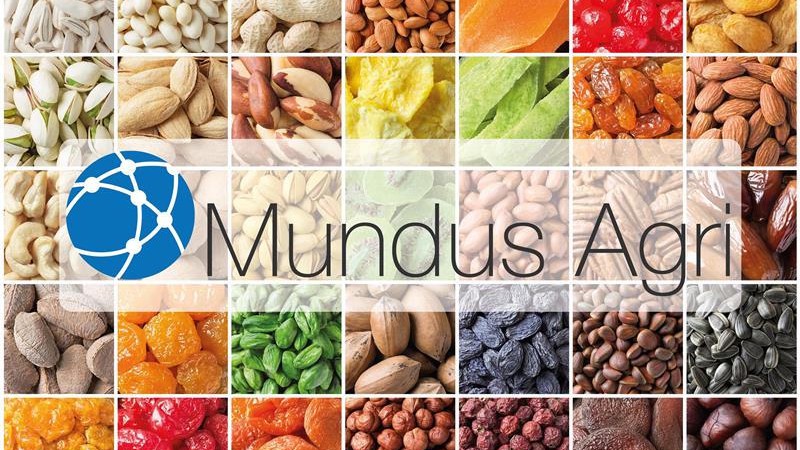Saffron: spice is not expensive enough
May 21, 2021 at 9:41 AM ,
Der AUDITOR

Production set to decline despite soaring demand
International demand for saffron, which is known as “Red Gold”, has soared in recent years. Iran’s exports rose sharply by 30% to 322,722 mt between 21 March 2020 and 20 March 2021 on the same period in 2019/2020 as export destinations jumped from 47 to 64 in only one year. This sharp rise was also helped by exchange rate fluctuations, which prompted a decline in export prices. If Iran continues at this rate exports should even rise to 400 mt in 2020/2021.
Traders, however, cast a doubt on this. Problem is that it is very well possible that a stop will be put to the continuous rise in production witnessed in recent years. The main issue is that despite the spice’s success in the international market, it is not attractive enough for farmers to cultivate saffron as production costs have exploded. Water shortages and drought may even lead to a decline in production this year. This has prompted the market to urge support for the farmers. On top of this, sudden frosts in April have damaged an estimated 45,000 ha of saffron fields in the Khorasan Razavi Province. Frosts have frequently caused severe damages in the past ten years.
Central Bank rules give rise to smuggling
To make matters worse the foreign exchange rules issued by the Central Bank give rise to exports through unofficial channels. Businesses importing goods to Iran consequently face currency restrictions, which drives many to buy saffron and sell it below market price in other countries to obtain the currency they need. Although more than 33 mt of saffron were, for instance, exported from Iran to Afghanistan in 2019/2020, traders explain that a large part of this volume was smuggled into the country. Such illegal shipments are then sold at cheaper rates in the global market. Importers and exporters resorting to such unofficial channels ultimately undercut prices.
Weak domestic demand
Subdued domestic demand has weighed on export prices for Negin (-EUR 0.10/kg), Sargol (-EUR 0.05/kg) and Bunch (-EUR 0.04/kg) saffron over the last two weeks. Last week’s rise in value of the Iranian rial, however, prevented further price declines. The situation for Poushal saffron, which is trading EUR 0.03/kg higher is, however, different because domestic demand has remained firm for this variety.
|
Saffron, premium quality, Iran |
|
|
Type |
EUR/kg* |
|
Bunch, Dasteh |
347 |
|
Poushal |
429 |
|
All Red Sargol |
446 |
|
Negin |
584 |
|
FOB Iran |
|
*Please note that these reference prices apply to an order volume of 10 kg. Prices may range lower for higher volumes.
View more
- price charts for saffron
- price charts for spices, seeds and dried fruit and many more products





